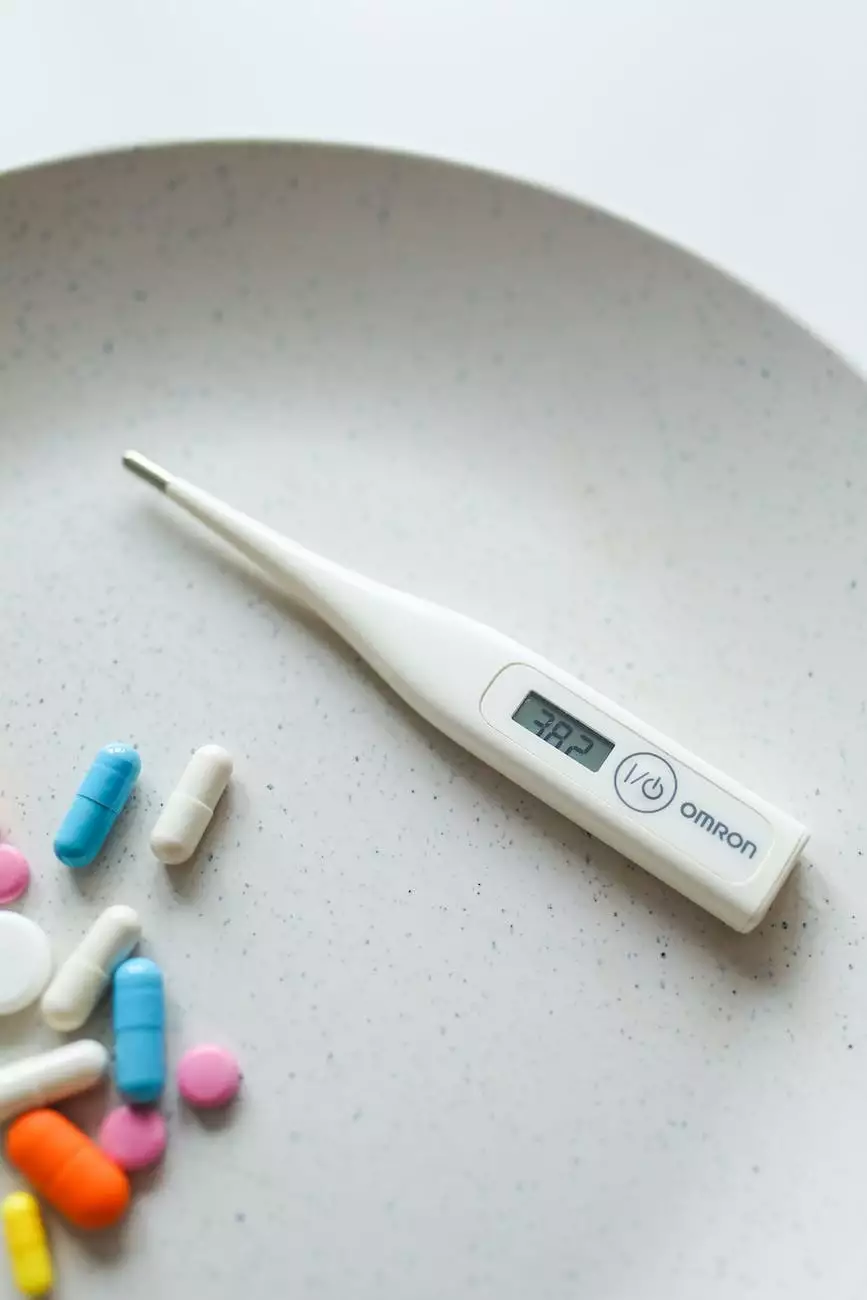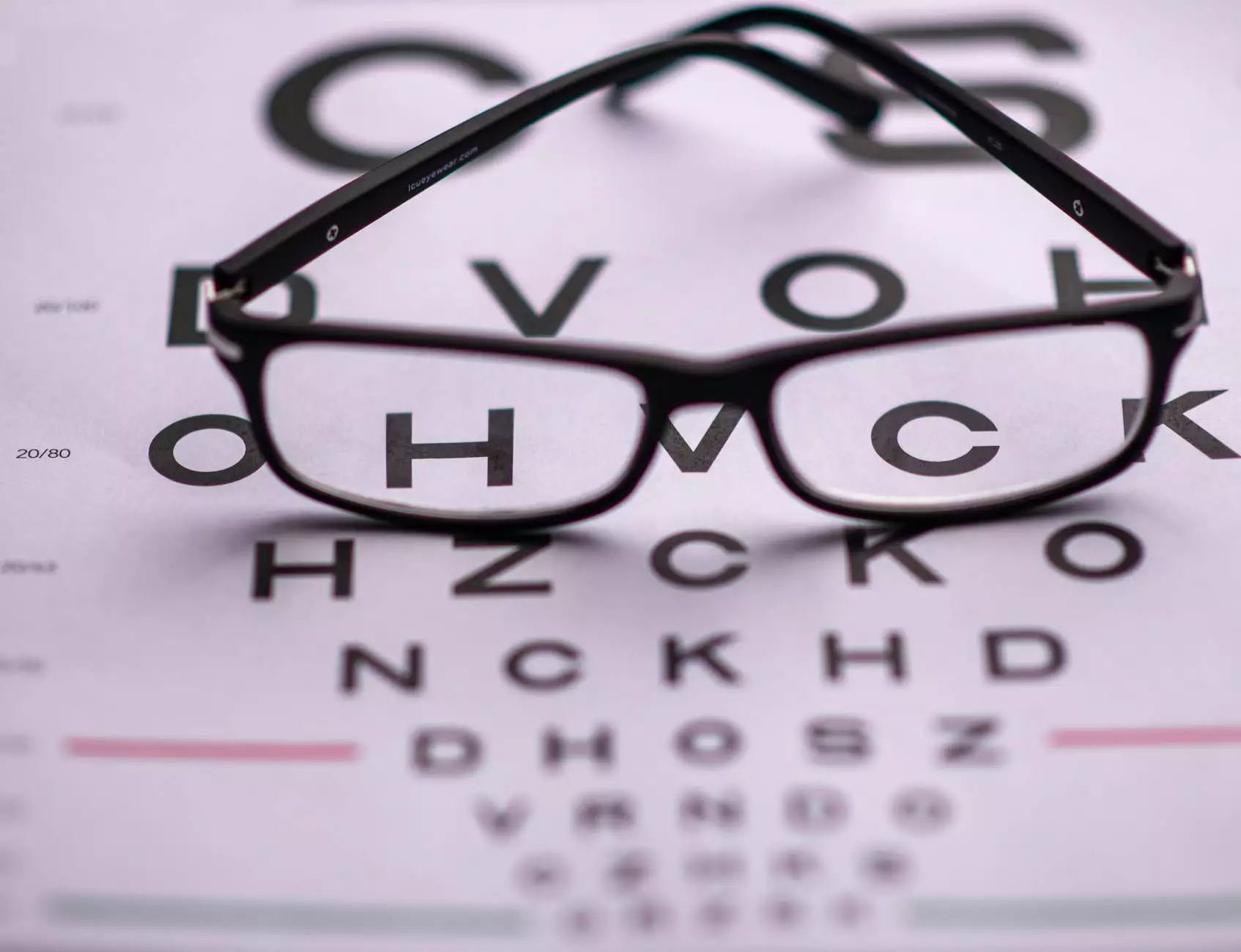Pediatric Postural Orthostatic Tachycardia Syndrome
Health
Understanding Pediatric Postural Orthostatic Tachycardia Syndrome (POTS)
Pediatric Postural Orthostatic Tachycardia Syndrome, commonly referred to as POTS, is a chronic condition that affects children and adolescents. It is characterized by a number of symptoms that can significantly impact a child's daily life. It is important for parents to be aware of this syndrome and understand how to provide the necessary support and care for their child's well-being.
What Causes Pediatric Postural Orthostatic Tachycardia Syndrome?
POTS is a complex disorder with multiple potential causes. It can develop as a result of various factors, including genetic predisposition, viral infections, or other underlying health conditions. In many cases, it is triggered by a change in posture, such as standing up after sitting or lying down. This change can lead to an abnormal increase in heart rate, accompanied by symptoms like dizziness, fatigue, and sweating.
Recognizing the Symptoms of Pediatric Postural Orthostatic Tachycardia Syndrome
Parents should become familiar with the common symptoms associated with POTS, as early detection and intervention can greatly improve the child's quality of life. Some of the most typical symptoms include:
- Dizziness or lightheadedness upon standing
- Rapid heart rate or palpitations
- Shortness of breath
- Fatigue or weakness
- Nausea or abdominal pain
- Headaches
- Tremors or shaking
Diagnosis and Treatment Options
If you suspect your child may be experiencing symptoms of POTS, it is crucial to consult with a healthcare professional who specializes in pediatric cardiology or autonomic disorders. Diagnosis typically involves a comprehensive evaluation of the child's medical history, physical examination, and a series of tests to determine the underlying cause of the symptoms.
While there is currently no known cure for POTS, management of the condition aims to alleviate symptoms and improve the child's overall function. Treatment options may include:
- Lifestyle modifications, such as increasing fluid and salt intake
- Physical exercise programs tailored to the child's abilities
- Medications to regulate heart rate and blood pressure
- Psychotherapy or counseling to manage anxiety and stress-related symptoms
- Patient education and support to help the child and family cope with the challenges of POTS
Expert Advice from Kelley Tim PA-C
At Kelley Tim PA-C, we understand the unique challenges and concerns that parents face when their child has been diagnosed with Pediatric Postural Orthostatic Tachycardia Syndrome. Our goal is to provide the highest quality of care and support to help your child thrive.
With years of experience in pediatric cardiology and autonomic disorders, Kelley Tim PA-C is well-versed in diagnosing and managing POTS in children and adolescents. Our comprehensive approach ensures that your child receives personalized treatment, tailored to their specific needs.
We believe in educating parents about POTS, empowering them with the knowledge necessary to make informed decisions about their child's healthcare. We are committed to working closely with families to create a treatment plan that optimizes the child's well-being and minimizes the impact of the syndrome on their day-to-day life.
Conclusion
Pediatric Postural Orthostatic Tachycardia Syndrome can be an overwhelming condition for both children and their parents. However, with the right support and management strategies, it is possible to improve the child's quality of life and enable them to thrive despite the challenges posed by POTS.
If you suspect your child may be experiencing symptoms related to POTS, do not hesitate to reach out to Kelley Tim PA-C. Our expertise in pediatric cardiology and autonomic disorders allows us to provide comprehensive care and support for children and adolescents with POTS.
Remember, early intervention and proper management are key to ensuring the best possible outcome for your child's health. Contact Kelley Tim PA-C today and let us be your partner in your child's journey to better health and well-being.










